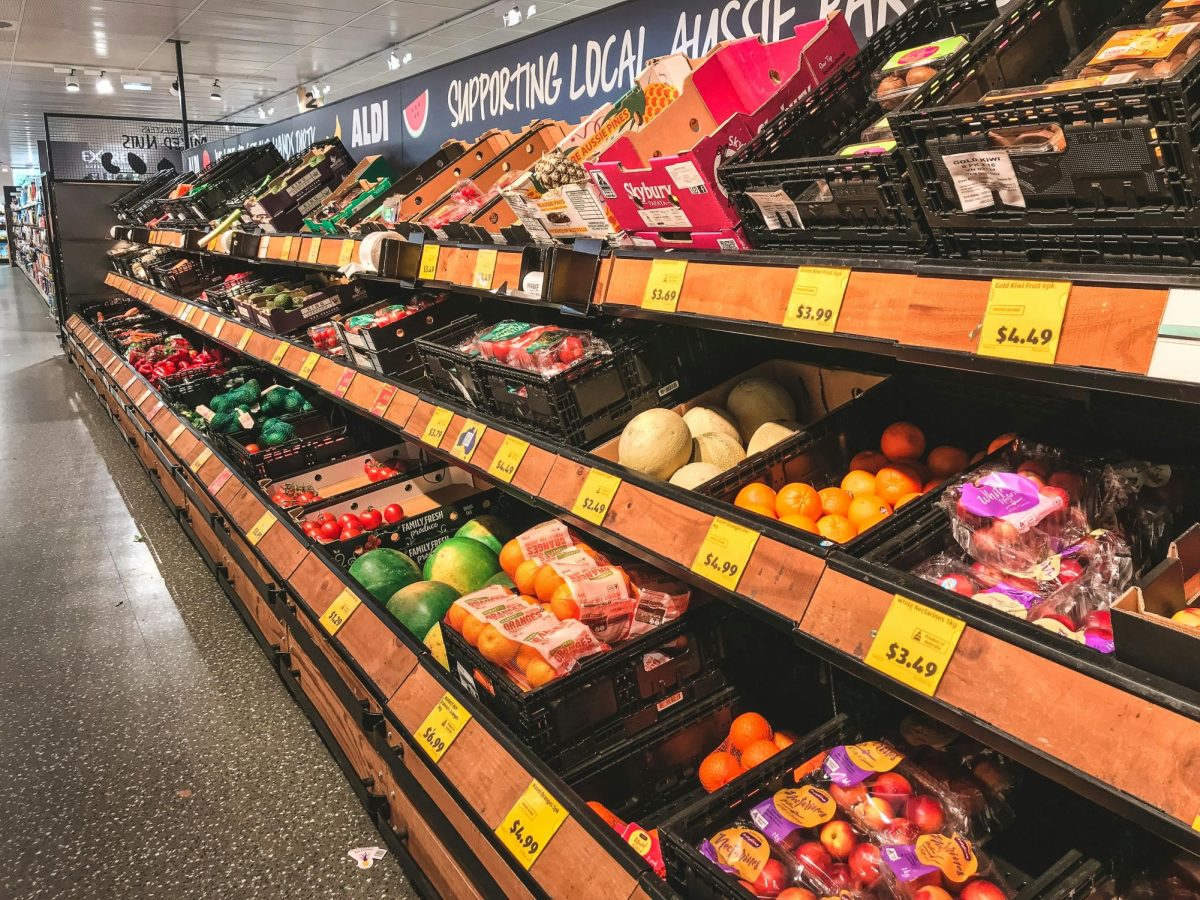
Marques Thomas/unsplash
Consumers have been hired as self-checkout cashiers without any pay, benefits or training, but we receive repercussions for our errors.
These do-it-yourself machines are an innovative way for companies to reduce staffing expenses, but they lose a lot of money by forcing inexperienced shoppers to check themself out.
As a consumer, I despise self-checkout.
I worked at Trader Joe’s for three years and know how common it is for even a trained employee to miss one or two items during busy days because of it being a high-stress environment.
When the goal is to get a customer out quickly and safely, even the best employee is bound to make a few mistakes.
However, in self-checkout, I feel even more stressed scanning my own groceries than I ever did as an employee scanning $500 cart after $500 cart on a Sunday rush during the holidays.
A common complaint from customers at Trader Joe’s was there wasn’t a checkout lane for people with 20 items or less, and I agreed with them.
Even as an employee trying to buy items for lunch while on break, it felt almost impossible to get through the sea of people quickly.
However, almost none of the customers asked for it to be a self-checkout.
While I was working register many people expressed how they valued the traditional checkout experience because they had a trained employee scanning and bagging instead of the job being forced on them.
Now, after leaving the job, I realize how much easier, faster and more efficient it was getting in and out of the store when every line had an employee doing the checkout.
When I enter a grocery store as a customer, I spend more of my time waiting in the claustrophobic self-checkout line than I do navigating the store shopping.
I would use traditional registers but there are typically only two open with an even longer line of overwhelmingly full carts.
Then, during the self-checkout process, I’m stopped almost five times because an AI camera assumed I was stealing while three employees breathe down my neck to ensure I am doing everything correctly.
If staffing is the problem, how is there a difference between three cashiers and three cashier security guards?
Also, with the innovative technology tracking my every move, I feel I can’t shop anywhere without fearing an AI camera is going to flag me down because it saw me grab an apple but thinks I didn’t pay for it.
Grabango, a failed self-checkout technology company, gathered data in 2023 by using AI surveillance cameras throughout stores.
By using facial recognition, they tracked what products customers grabbed and compared it to what was actually purchased.
The study showed companies that used self-checkout experienced an average 3.5% loss in profit, 16 times more than the traditional checkout.
Their data suggested these losses were caused by customer error or theft during the self-checkout process.
Now, instead of using this information to confirm self-checkout is a problem and should be replaced, some corporations are investing in more innovative technology to catch people in the act and hiring employees to stand guard.
Stores like Walmart, Target and Kroger have teamed up with technology companies to develop and deploy next-generation video surveillance systems. Their plan is to implement facial-recognition cameras, license-plate and vehicle readers and predictive analytic software into their stores to surveil customers as they shop, according to a 2023 CNBC article.
If I grab an organic zucchini misplaced in the non-organic zucchini section and I ring it up as non-organic, will I be reprimanded for another person’s mistake?
Even as a Trader Joe’s employee, this was a common problem.
The difference when having an actual person as your cashier?
I could tell the customer there was a mistake, ask if they’d want the non-organic instead and have a co-worker switch out the product within seconds.
Investing in people may not help a company’s revenue, but it would lead to fewer errors and benefit the customer experience.